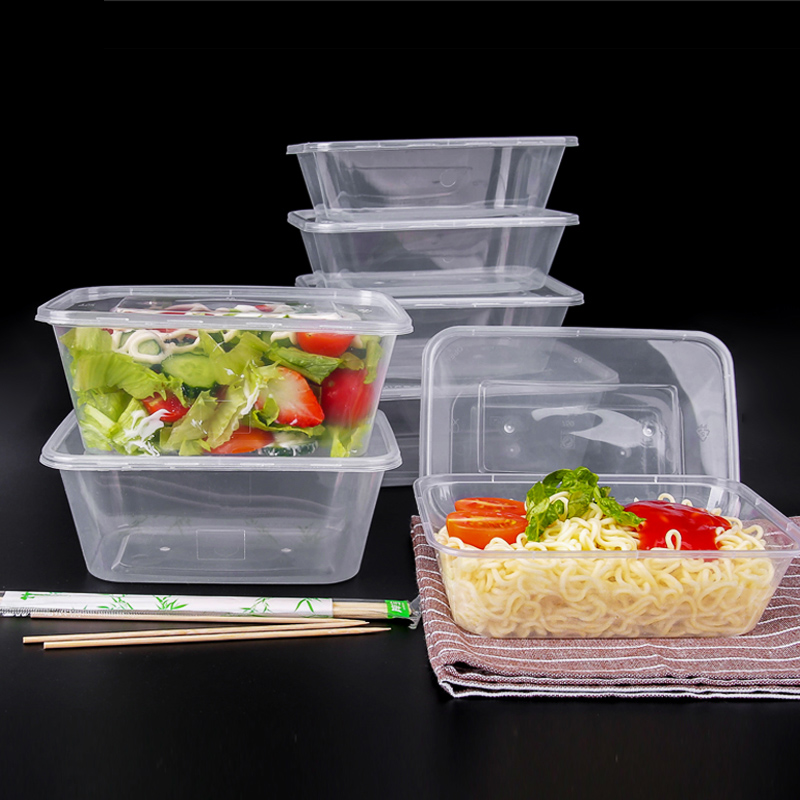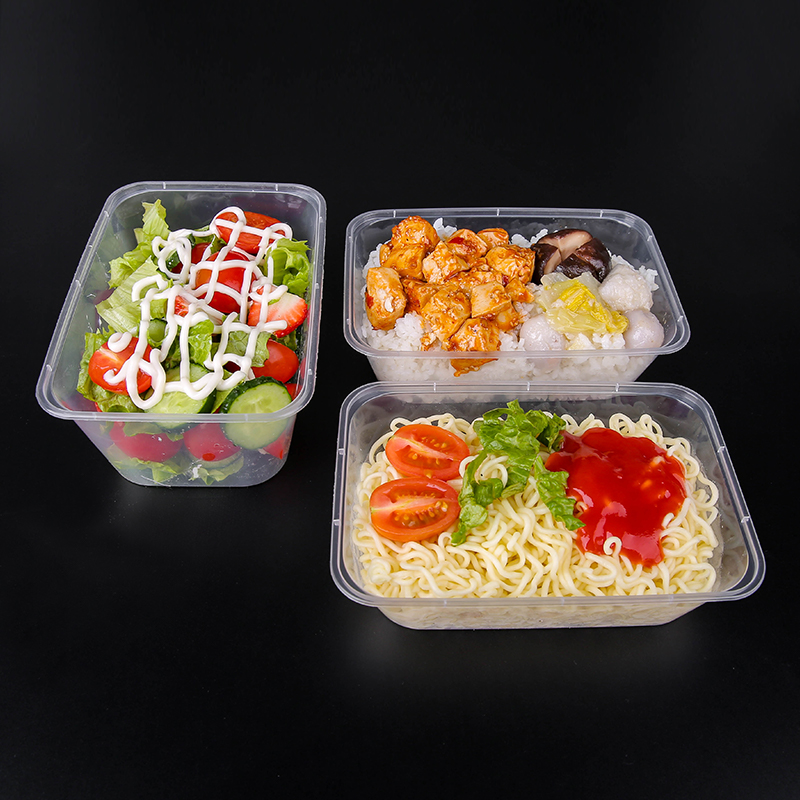
Disposable plastic bowls are a staple in modern life, offering a convenient, lightweight solution for serving, storing, and transporting food across homes, events, and food service settings. Designed for single or limited use, these bowls balance functionality, durability, and affordability, making them a go-to choice for busy households, caterers, and businesses. Beyond their everyday utility, they come in diverse designs and materials to suit specific needs, from casual snacks to full meals. This guide explores their key features, types, applications, and responsible usage.
The durability of disposable plastic bowls stems from their material composition. Most are crafted from food-grade plastics like polyethylene (PE), polypropylene (PP), or polystyrene (PS)—each offering distinct benefits. PE bowls are flexible and resistant to impact, ideal for cold foods like salads, fruits, or desserts. PP bowls boast higher heat resistance (up to 100°C/212°F), making them suitable for hot dishes such as soups, stews, or microwave-heated meals. PS bowls are rigid and lightweight, often used for dry snacks, cereals, or takeout portions. All food-grade plastics meet safety standards, ensuring they do not leach harmful chemicals into food, providing peace of mind for users.
A key advantage of disposable plastic bowls is their versatility in design. They come in various sizes, from small 4oz bowls for dips, sauces, or appetizers to large 32oz bowls for family-sized meals or party servings. Many feature stackable designs, saving storage space in kitchens, pantries, or catering vans. Some models include lids—either snap-on or leak-resistant—enhancing their utility for food storage or transport. Lidded bowls are particularly popular for meal prep, office lunches, or takeout services, keeping food fresh and preventing spills during transit. Additionally, they are available in clear or colored options, with simple or decorative designs to match different occasions, from casual picnics to formal events.
Disposable plastic bowls find applications in numerous settings, both residential and commercial. In homes, they simplify meal times, reduce dishwashing, and are perfect for quick snacks, children’s meals, or leftover storage. For events like birthday parties, barbecues, potlucks, or outdoor gatherings, they eliminate the need for bulky, breakable dishware, reducing cleanup time and effort. The food service industry relies on them for takeout, delivery, and catering, as they are lightweight, cost-effective, and easy to customize with labels or branding (without promotional language). Schools, offices, and healthcare facilities also use them to serve meals efficiently, ensuring hygiene and convenience in high-traffic environments.

Specialized designs cater to specific needs. Microwave-safe bowls are engineered to withstand microwave heat, allowing users to reheat leftovers or pre-cooked meals without transferring to another container. Freezer-safe bowls are suitable for storing food in freezers, preserving freshness for extended periods. Compartmentalized bowls (with divided sections) are ideal for bento boxes, kids’ meals, or portioned lunches, keeping different foods separate. For eco-conscious users, some brands offer bowls made from recycled plastics or biodegradable alternatives, balancing convenience with environmental responsibility.
When selecting disposable plastic bowls, several factors ensure optimal use. Size should match the intended serving—small bowls for snacks, medium for individual meals, and large for sharing. Material choice depends on the food temperature: PE or PS for cold items, PP for hot or microwave-heated foods. Lid compatibility is essential for storage or transport, while stackability saves space. For food service businesses, bulk packaging options offer cost savings, while clear bowls showcase food attractively. It’s also important to check for safety certifications, ensuring compliance with food contact regulations.
Responsible usage and disposal are crucial for minimizing environmental impact. While disposable, many plastic bowls are recyclable—check local recycling guidelines to determine which types are accepted. Reusing bowls for non-food purposes (e.g., storing craft supplies, organizing small items) extends their lifecycle. For single-use scenarios, choosing bowls made from recycled materials or opting for biodegradable alternatives reduces environmental footprint. Proper disposal—avoiding littering and utilizing recycling programs—ensures they do not contribute to pollution.


